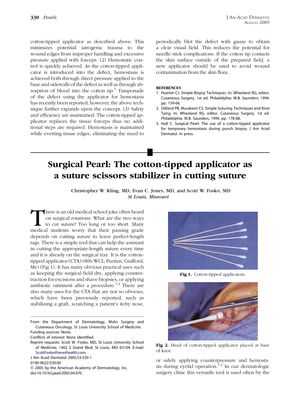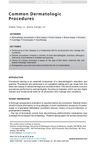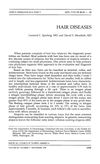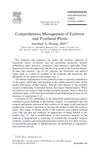Surgical Pearl: The Cotton-Tipped Applicator as a Suture Scissors Stabilizer in Cutting Suture
July 2005
in “
Journal of The American Academy of Dermatology
”

TLDR Using a cotton-tipped applicator as a base for cutting sutures helps make them a uniform length and reduces the risk of skin cuts.
In the document from August 2005, the authors describe an innovative use of the cotton-tipped applicator (CTA) as a stabilizer for cutting sutures to a uniform length during surgical procedures. The technique involves placing the cotton head of the applicator parallel to the skin at the base of the knot and resting the suture scissors on top of the cotton head to cut the suture at a consistent length of approximately 4 to 5 mm. This method not only ensures a more aesthetically pleasing wound with uniformly cut sutures but also adds safety by acting as a buffer between the scissors and the skin, reducing the risk of accidental cuts. The cotton head also provides a stable platform for the assistant to adjust the scissors for precision in suture length determination. For shorter suture tags, such as those needed on the eyelid margin, the wooden dowel end of the CTA can be used to achieve a uniform 2-mm tag length. The document highlights the simplicity and safety of this technique in surgical settings.



